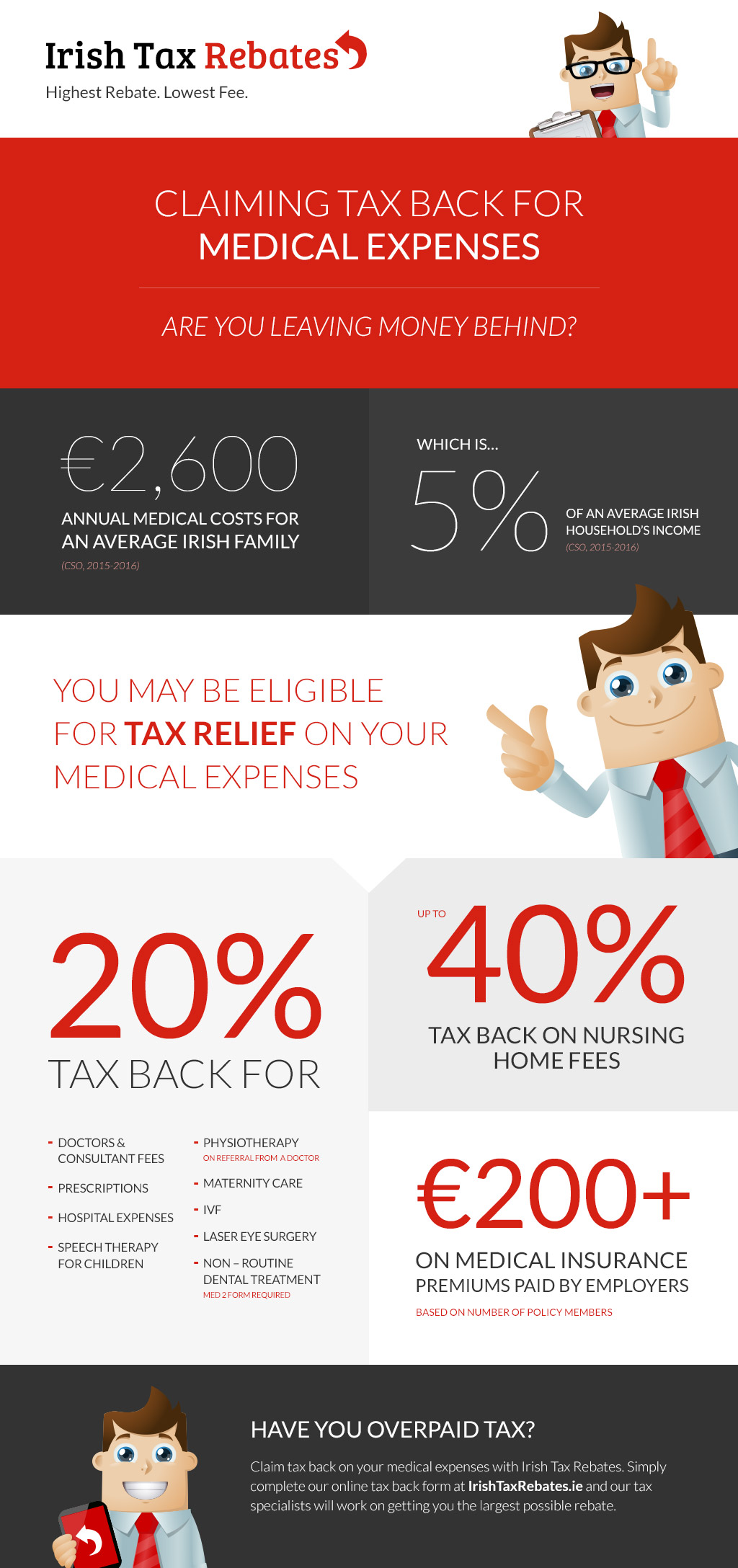Just How Does SMILE Eye Surgical Procedure Compare To LASIK And PRK?
Just How Does SMILE Eye Surgical Procedure Compare To LASIK And PRK?
Blog Article
Web Content By-Humphries Kerr
If you've been considering SMILE eye surgical procedure, you could ask yourself how it compares to LASIK and PRK. Each procedure has its very own set of benefits and considerations. From quicker healing times to potential dangers, there are crucial distinctions you need to know before choosing. Understanding these differences will certainly assist you make an enlightened choice that aligns with your particular needs and expectations. Interested to understand more concerning exactly how these treatments contrast carefully? Keep on discovering to get a detailed understanding of SMILE, LASIK, and PRK.
SMILE Eye Surgical Procedure Introduction
If you're thinking about SMILE eye surgery, you'll discover it to be a minimally invasive treatment with a quick healing time. During SMILE (Small Laceration Lenticule Removal), a laser is made use of to produce a little, exact laceration in the cornea to remove a little piece of tissue, improving it to fix your vision. This differs from LASIK, where a flap is developed, and PRK, where the external layer of the cornea is completely eliminated.
One of the vital benefits of SMILE is its minimally invasive nature, bring about a faster recovery process and less pain post-surgery. The recuperation time for SMILE is relatively fast, with several patients experiencing improved vision within a day or two. This makes it a popular option for those looking for a convenient and reliable vision adjustment treatment. In addition, SMILE has actually been shown to have a lower threat of completely dry eye disorder compared to LASIK, making it a beneficial alternative for individuals concerned about this possible negative effects.
Differences In Between SMILE, LASIK, and PRK
When contrasting SMILE, LASIK, and PRK eye surgical procedures, it is very important to understand the distinctive techniques utilized in each procedure for vision correction.
SMILE (Tiny Laceration Lenticule Removal) is a minimally invasive procedure that entails developing a small cut to remove a lenticule from the cornea, reshaping it to correct vision.
LASIK (Laser-Assisted In Situ Keratomileusis) involves developing a slim flap on the cornea, using a laser to improve the underlying tissue, and after that repositioning the flap.
PRK (Photorefractive Keratectomy) gets rid of the external layer of the cornea before reshaping the tissue with a laser.
The main distinction depends on the means the cornea is accessed and dealt with. SMILE is flapless, making it a great option for people with thin corneas or those associated with get in touch with sports. LASIK uses rapid visual healing due to the flap production, yet it might pose a greater risk of flap-related problems. PRK, although having a much longer recuperation period, prevents flap-related problems completely.
Understanding these variances is crucial in picking the most ideal procedure for your vision correction demands.
Pros and Cons Contrast
To examine the benefits and downsides of SMILE, LASIK, and PRK eye surgical procedures, it's necessary to take into consideration the certain benefits and potential constraints of each treatment. SMILE surgical treatment offers the advantage of a minimally invasive treatment, with a smaller sized laceration and possibly quicker recovery time contrasted to LASIK and PRK. It also reduces the threat of completely dry eye post-surgery, an usual side effect of LASIK. Nonetheless, SMILE may have constraints in treating greater levels of myopia or astigmatism compared to LASIK.
LASIK surgical treatment offers fast visual recovery and very little pain during the treatment. It's extremely effective in treating a variety of refractive errors, consisting of nearsightedness, hyperopia, and astigmatism. Yet, LASIK carries a danger of flap complications, which can affect the corneal framework.
PRK eye surgical treatment, while not as popular as LASIK, prevents developing a corneal flap, minimizing the risk of flap-related issues. It appropriates for people with thin corneas or uneven corneal surface areas. Nonetheless, PRK has a longer recovery time and might entail a lot more discomfort during the healing process.
Final thought
So, when it involves choosing in between SMILE, LASIK, and PRK, think of it like selecting the excellent set of shoes. click here for more is like a streamlined, comfortable pair of sneakers - fast and very easy.
LASIK is more like stylish high heels - fancy and fast, but with some prospective threats.
PRK is like strong treking boots - dependable and durable, however requiring a little bit even more effort and time.
Inevitably, the best selection relies on your individual requirements and choices.
